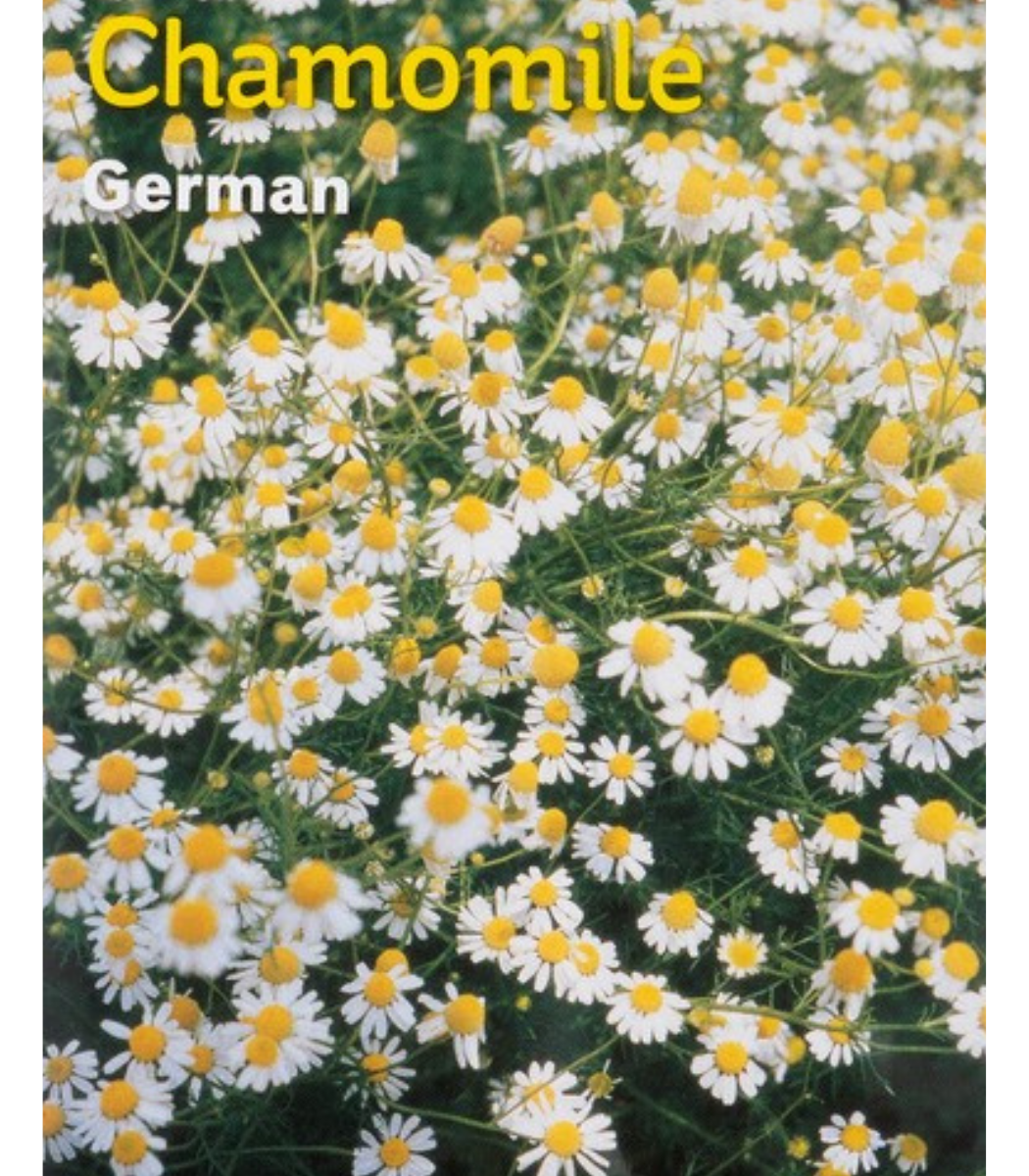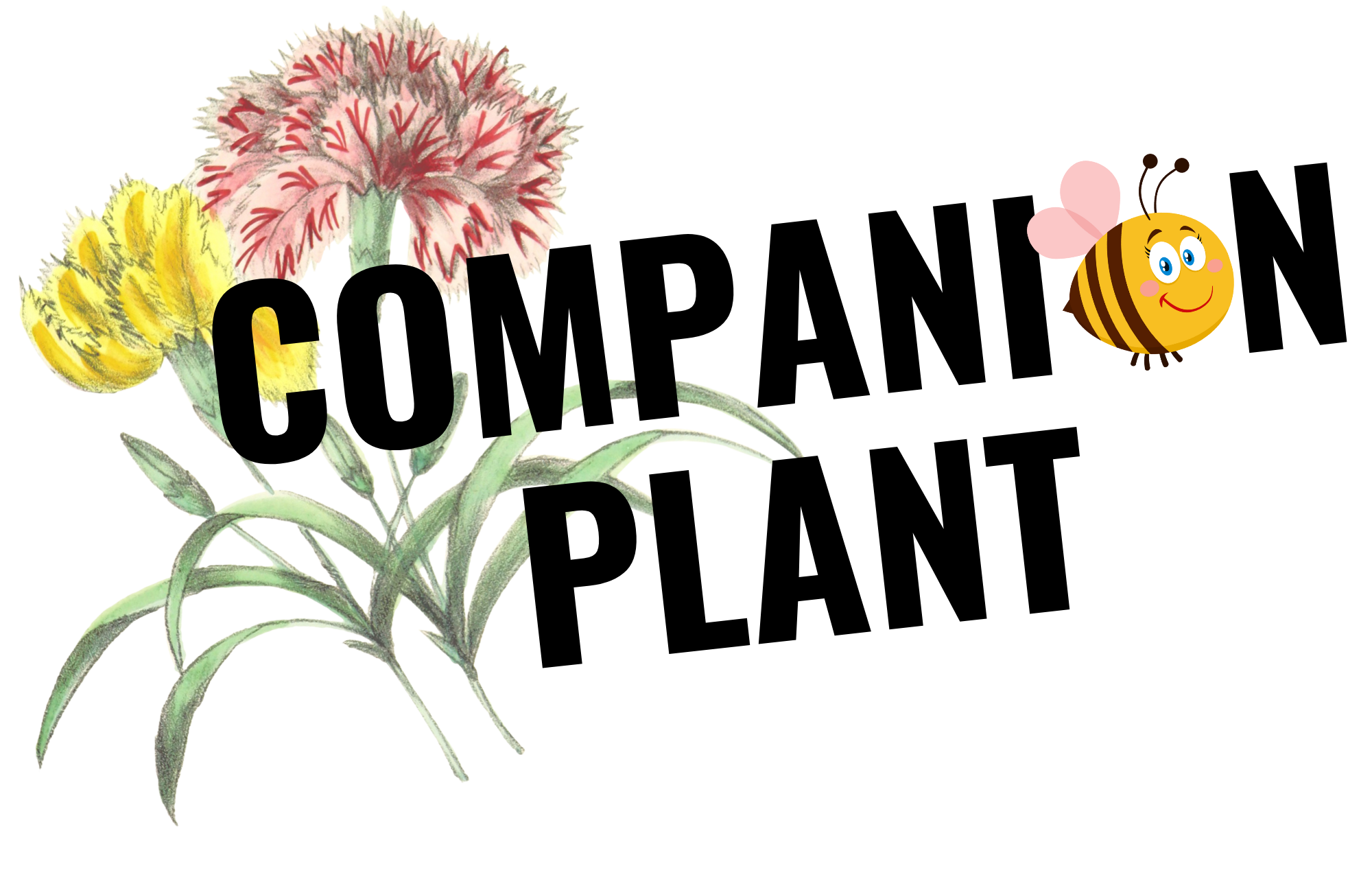
Chamomile
There are two kinds of Chamomile: Roman and German. The flowers of both varieties are often used for tea. The blossoms smell like apples and the herb tea made from the flowers are traditionally used to help with insomnia and bring about calming effects.
|
German |
|
Matricaria recutita |
|
Easy |
|
Intermediate |
|
4 years if properly stored |
|
German: Annual Roman (English): Perennial |
|
10-21 days |
|
68-85 F |
|
None |
|
Surface Sow |
|
2-3 feet |
|
Needs light to germinate Full sun but will tolerate part shade |
|
6-10 weeks |
|
Feb, Mar, May |
|
Yes |

Growing Tips



When to Start
Spring: Start 6-8 weeks before the last frost date. (Feburary – March for Jefferson, GA)
Direct sow: After ALL danger of frost has passed. (May 1 for Jefferson, GA)
Transplant: After ALL danger of frost has passed. (May 1 for Jefferson, GA)
How to Grow
Start indoors 6-8 weeks before the last frost date for your area. Using seed starting mix, surface sow as the seeds need light to germinate. Place under grow lights and keep the soil moist but not soggy. Pot up as needed and after hardening off, transplant after ALL danger of frost has passed.
Or you can direct sow after ALL danger of frost has passed. Surface sow the seeds and gently press into the soil to keep the wind from blowing them away. Keep the soil moist but not soggy. Thin to or space plants 12 inches apart.
Care
Chamomile perfers well-draining soil and full sun. Keep the soil moist but not soggy especally during hot, dry spells. Once established, chamomile is drought tollerant.
Soaker hoses are best, water slowly and deeply. If you must top water, water early in the mornings so leaves have time to dry to help prevent disease. When planting in a container, consider using waterbottle reservoirs to help keep the soil moist during the hot days of summer.
Slugs and snails can be a problem. Use slug traps or crushed eggshells to control. Deadheading will encourge more blooms untill you are ready for it to go to seed. German chamomile will self-sow very well for fresh volunteer plants year after year.
Harvest
Harvest the flower heads when the petals are no longer flat but have arched backwards. Remove both the leaves and stems. Allow the leaves and stems to dry in a shady location. Once dry the leaves and stems can be turned into tea.
How to use
Chamomile is often used as a relaxing and calming tea. It is also a companion plant. It attracts, predatory wasps, hoverflies, soldier beetles, ladybugs, and others. All of which will help control pest populations. And it is said to repel mosquitos. Plant near brassicas as the strong scent of the chamomile will mask the scent of these plants, thus disguise the brassicas from some common pests that enjoy eating them.
To make tea: Add 1 tablespoon of dried flowers to 1 cup of almost boiling water. Steep. Remove the chamomile and add honey (to taste), lemon, and/or mint. Keep the brew times on the short side as it can become bitter if brewed for too long.
Seed Saving

Isolation Distance
German chamomile doesn’t cross with other chamomile. No isolation is needed.
Instructions
Select healthy, robust plants free of any signs of disease or insect infestation for seeds. Seeds carry the traits of the parent plant. Choose plants that exhibit the traits you wish to preserve. Consider bloom size, color, and shape, as well as blooming time.
Allow the biggest and healthiest blooms to mature on the plant. Allow the flower heads to mostly dry on the plants. Then, clip the flower head from the main stem. Spread out to finish drying out of direct sunlight. Thresh to separate the seeds from plant debris. Store seeds in a cool dry place.
Features
- Container friendly
- Companion plant
- Good for boarders
- Culinary
- Low maintenance
- German: Europe and Asia heirloom. Prolific and a good self-seeder. The flowers are sweet and fruity.

Plant it near basil, rosemary, and mint as the close proximity will help increase oil production of those herbs.
Sources:
The New York Botanical Garden, Herbal Handbook, Clarkson Potter.
Helmer, Jodi. Growing Your Own Tea Garden: the Guide to Growing and Harvesting Flavorful Teas in Your Backyard. Fox Chapel Publishers International Ltd., 2019.
